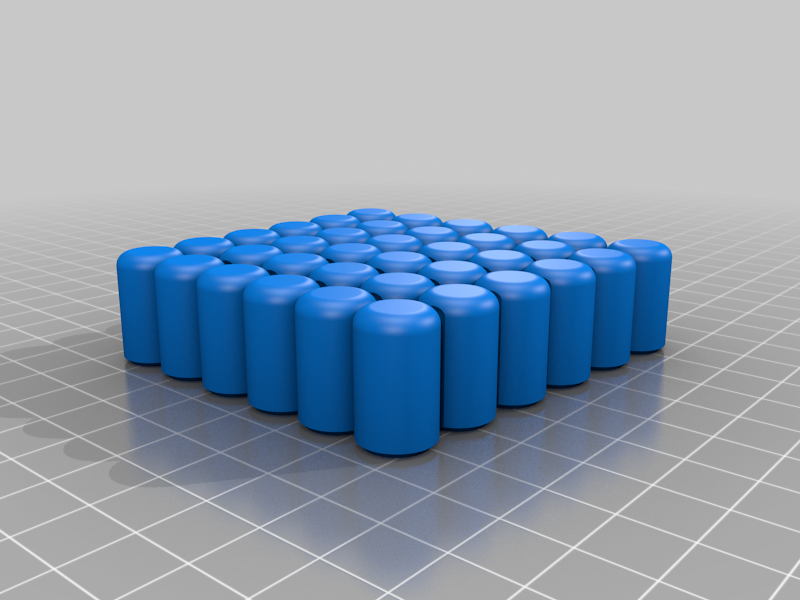
Odd Numbers and Square Numbers
thingiverse
Odd Numbers and Square Numbers Odd numbers **are actually 2n – 1, where n is a natural number**. They are very interesting and geometrically beautiful. One activity for students at all levels is the sum of the first M odd numbers, which equals M^2. For example, the sum of the first 5 odd numbers (1, 3, 5, 7, 9) is 25 because 5^2=25. Without 3D models, one can use a square grid and have students color the odd numbers to talk about the progression of the sums. With 3D models, we could reach out to more students and allow them to see, feel, and play with the multiple connections between number concepts and their geometric implications and much more. There are many ways to make a square or other shapes! Yes, it can be proved by induction: (1) When M = 1, Sum = 1^2, meaning the sum of the first odd number is just 1. (2) Assuming the sum of the first M odd numbers is M^2, the sum of the first (M + 1) odd numbers is then M^2 + 2M + 1, which can be written as (M + 1)^2. (3) QED. This is nice but I still like the geometric aspect of the story. Among the Files 1. A set of odd numbers (1, 3, 5, 7, 9, 11) of the same height (20mm). 2. A set of odd numbers (1, 3, 5, 7, 9, 11) of varying height (step = 5mm) 3. The odd numbers can be printed all at once or one by one. Reference Conway, J. H. & Guy, R. (1995). The book of numbers. New York, NY: Copernicus.
With this file you will be able to print Odd Numbers and Square Numbers with your 3D printer. Click on the button and save the file on your computer to work, edit or customize your design. You can also find more 3D designs for printers on Odd Numbers and Square Numbers.
